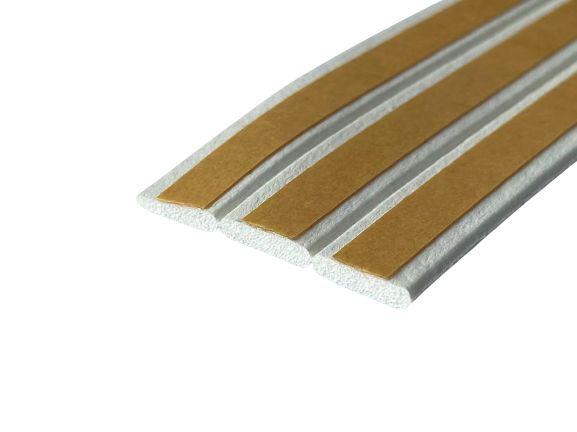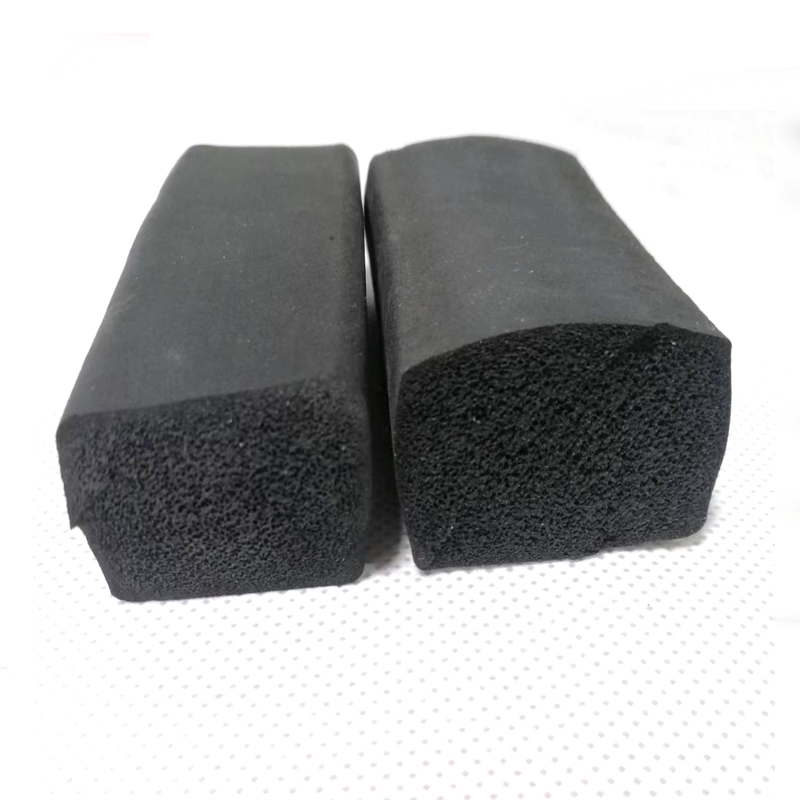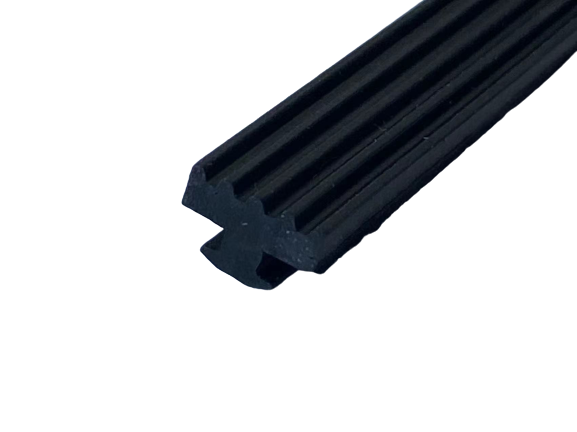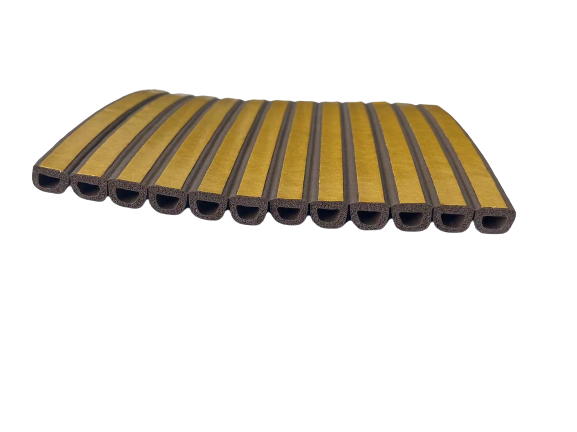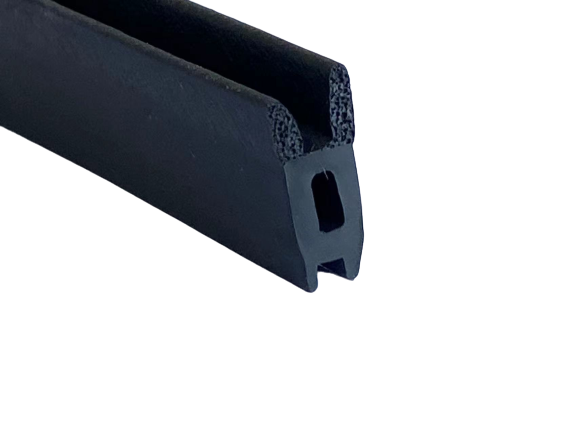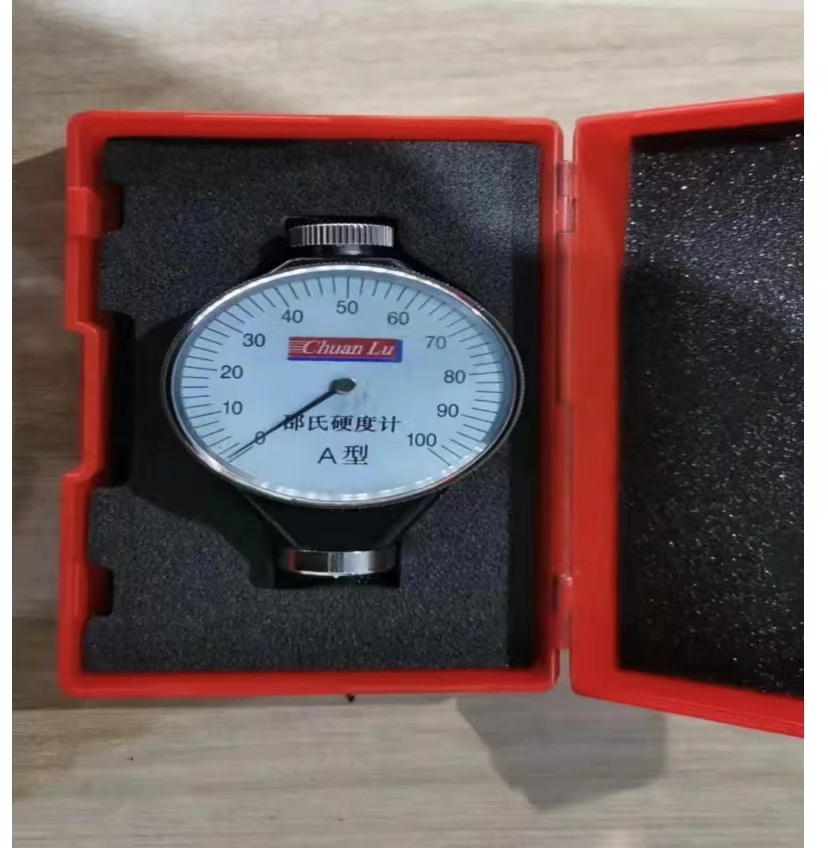Door and window sealing strip
A door and window sealing strip is a flexible strip made from materials like rubber, foam, or silicone, designed to create a seal around door and window frames. The purpose of these sealing strips is to fill gaps and prevent drafts, moisture, dust, noise, and insects from entering indoor spaces. This added layer of protection makes the interior environment more comfortable and energy-efficient, as it helps maintain a stable indoor temperature.
One of the primary reasons sealing strips are important is their impact on energy efficiency. By blocking drafts, they prevent warm air from escaping in the winter and cool air from leaking out in the summer, which reduces the workload on heating and cooling systems. This leads to lower utility bills and a more sustainable household energy use.
In addition to temperature regulation, sealing strips also contribute to noise reduction, making the indoor space quieter and more pleasant. They help keep dust and pollutants from entering, which can benefit those with allergies. Furthermore, sealing strips protect interiors from rain and moisture, preventing water damage and mold growth. Regular maintenance or timely replacement of sealing strips helps ensure they continue to perform effectively and support a comfortable and energy-efficient home environment.
What Are The Benefits Of Using Door And Window Sealing Strips?
Door and window sealing strips offer multiple benefits that enhance home comfort, efficiency, and cleanliness. One of the main advantages is their ability to block air leaks, which makes heating and cooling systems work more efficiently by keeping desired temperatures indoors. This helps lower energy bills and supports more eco-friendly home practices by reducing energy consumption.
Another benefit is their moisture protection. Sealing strips prevent rainwater and humidity from seeping into the home, helping to protect interiors from potential water damage. This is particularly valuable in regions with high rainfall or humidity levels, where excess moisture can lead to issues like mold growth or damage to flooring and walls.
Sealing strips also enhance noise reduction. By creating a tighter seal around doors and windows, they can help block out outdoor noise, making the indoor environment more peaceful. This is particularly beneficial for homes near busy streets or noisy environments.
Finally, sealing strips help keep dust, insects, and pollutants out. They close gaps that could allow outdoor contaminants to enter the home, leading to a cleaner and healthier living environment. Together, these benefits make door and window sealing strips a valuable addition to any home, enhancing comfort, energy efficiency, and indoor air quality.
How Can You Tell When Door And Window Sealing Strips Need To Be Replaced?
There are several indicators that door and window sealing strips may need to be replaced. One of the first signs is visible wear and tear, such as cracks, breaks, or flattening. Over time, exposure to the elements and daily use can cause sealing strips to lose their elasticity and degrade, making them less effective at blocking air, moisture, and noise.
Another sign to watch for is an increase in drafts or temperature fluctuations indoors. If you feel drafts near closed doors or windows or notice that your heating and cooling system is working harder to maintain a comfortable temperature, the sealing strips may no longer be providing an effective seal.
Water leaks are another clear indicator. If you notice water seeping in during rain or after washing windows, it’s likely that the sealing strips are no longer waterproof. This could lead to interior damage if not addressed quickly.
Additionally, an increase in noise from outside or the presence of dust and insects indoors can suggest that sealing strips are failing. Regularly inspecting and replacing damaged or worn-out strips will help maintain a more comfortable, energy-efficient, and protected home environment.




